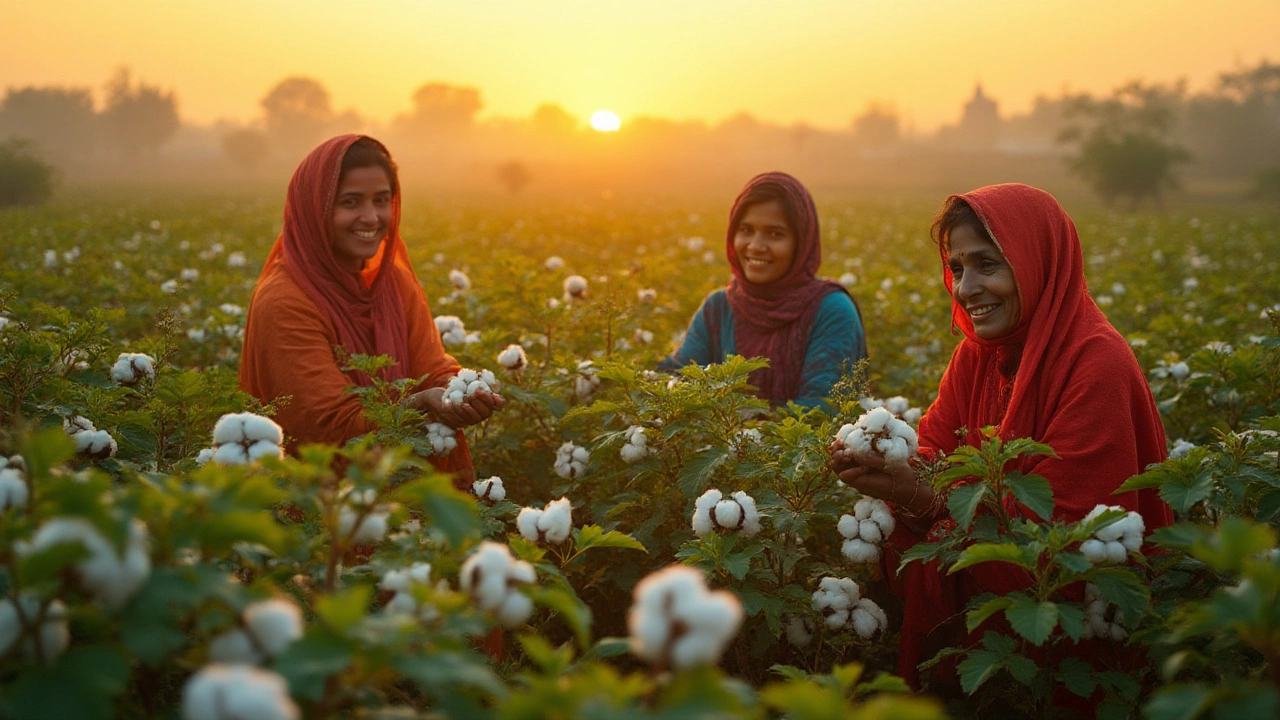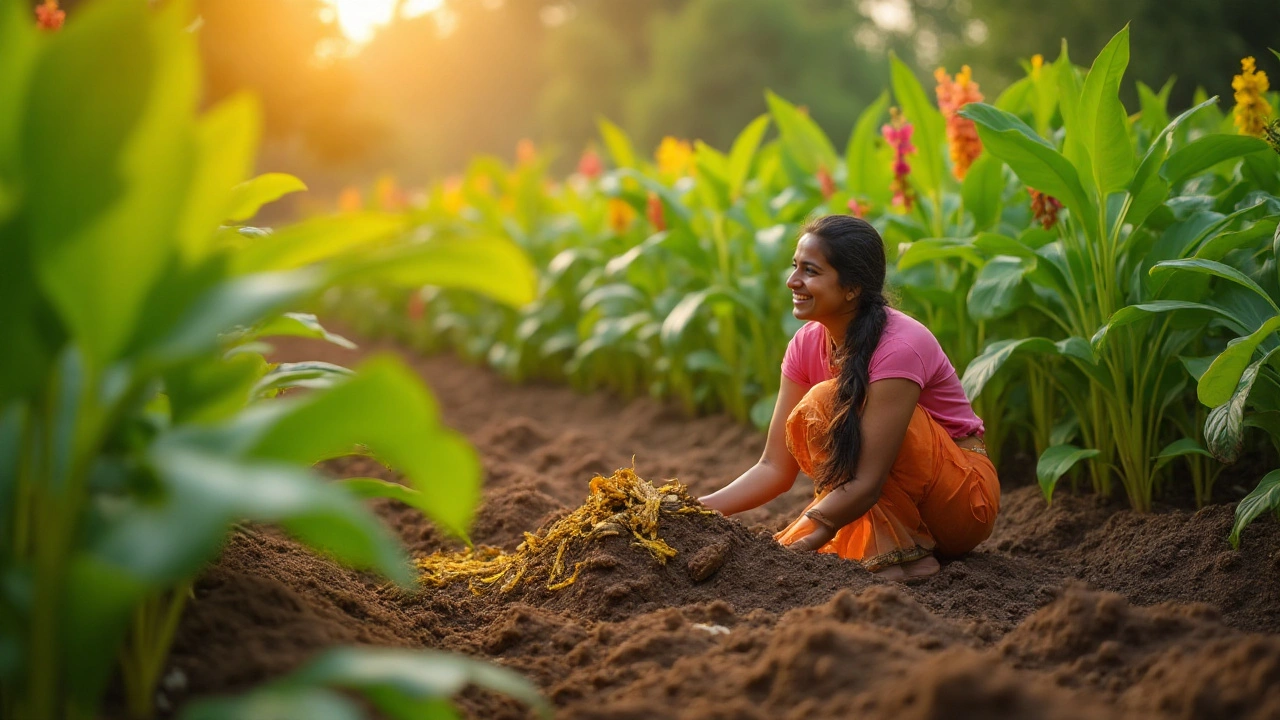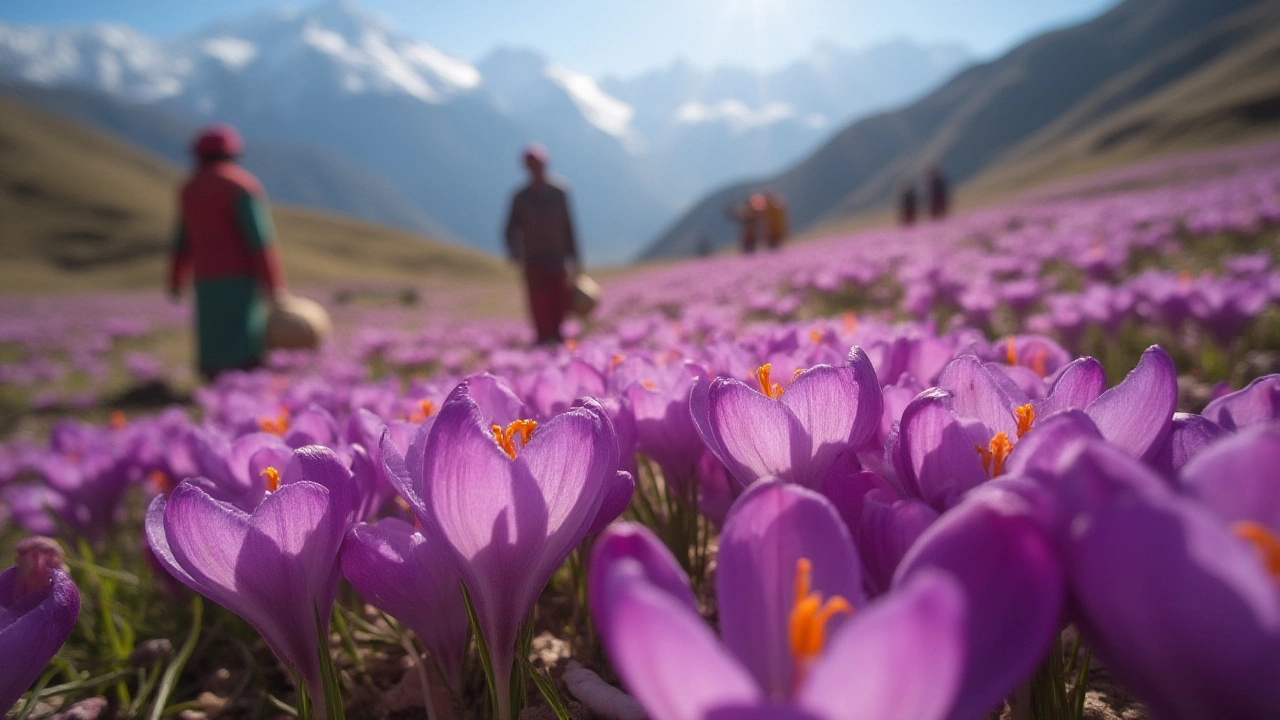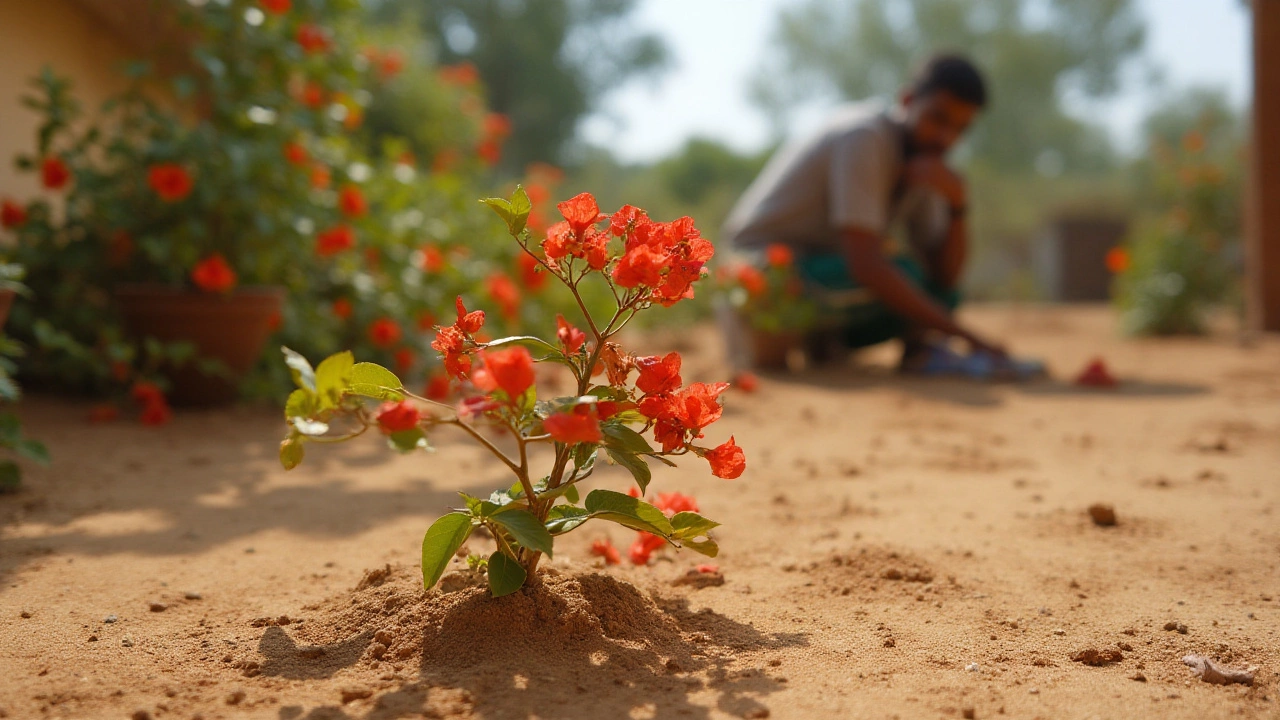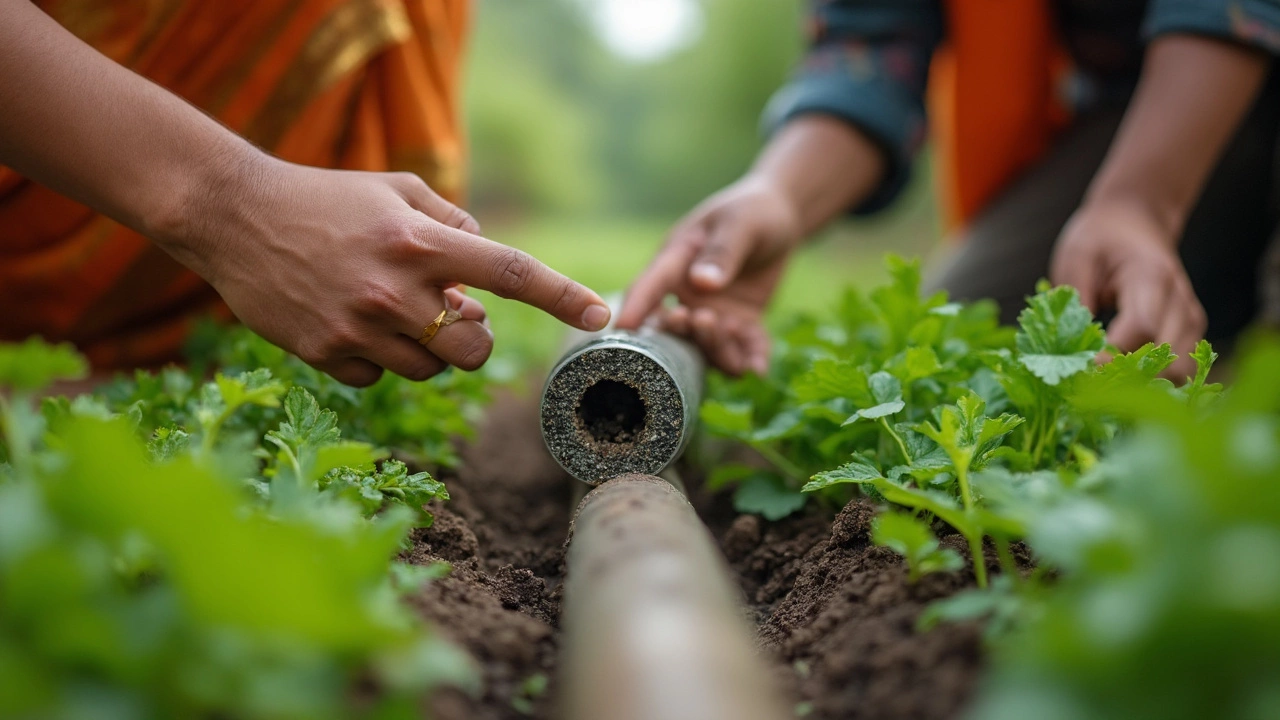Cotton: The Backbone of India’s Textile Heritage
When talking about cotton, a natural fiber grown widely across India and the world. Also known as gossypium, it fuels the country’s textile industry, supports millions of farming families, and powers a growing sustainable‑manufacturing sector.
From Field to Fabric – How Cotton Connects Agriculture and Industry
One key textile, the process of turning raw fibers into cloth and apparel. The textile world relies on cotton for everything from plain weaves to high‑tech blends. This relationship means that any change in cotton farming instantly ripples through garment factories, export markets, and local boutiques. In other words, cotton encompasses the textile sector, while the textile sector depends on steady cotton supplies.
Another vital link is sustainable agriculture, farming methods that protect soil, water, and biodiversity. Sustainable agriculture requires careful water management, especially for water‑intensive crops like cotton. Practices such as drip irrigation, mulching, and crop rotation keep soil healthy and reduce the need for chemical inputs. When farmers adopt these methods, cotton yields stay robust while the environmental footprint shrinks.
Speaking of water, drip irrigation, a low‑pressure system that delivers water directly to plant roots has become a game‑changer for cotton growers in arid regions. Drip irrigation improves water use efficiency, cuts evaporation losses, and helps maintain consistent soil moisture. As a result, cotton plants grow stronger, and the downstream textile factories receive higher‑quality fibre.
Behind the scenes, manufacturing, the conversion of raw materials into finished products ties the whole chain together. Modern cotton manufacturing blends traditional spinning with automation, recycling of waste, and even bio‑based plastics for packaging. This shift means that the cotton value chain not only supports jobs in rural areas but also fuels industrial growth in urban hubs.
All these pieces—cotton farming, drip irrigation, sustainable agriculture, textile processing, and advanced manufacturing—create a loop where each entity influences the next. Cotton drives textile demand; textile demand pushes better farming practices; better practices feed manufacturing with cleaner fibre; and efficient manufacturing reinforces the overall ecosystem.
Below you’ll find a curated collection of articles that dive deeper into each of these connections—from water‑wise gardening tips to the latest trends in Indian fabric hubs. Whether you’re a farmer, a designer, or just curious about how cotton shapes daily life, the posts ahead give practical insight and real‑world examples that illustrate the whole picture.
Queen of Textiles: Why Cotton Dominates the Global Textile Industry
Discover why cotton reigns as the true queen of textiles. Dive into cotton's rise, impact, fun facts, and practical tips for using and caring for this legendary fabric.
- manufacturing
- India
- food processing
- garden tips
- rice cultivation
- government schemes
- balcony garden
- urban gardening
- balcony gardening
- profitable business
- business ideas
- plastic manufacturing
- drip irrigation
- plant care
- steel manufacturing
- sustainable gardening
- startup ideas
- steel industry
- flower gardening
- textile manufacturers

